The origin of horses and donkeys from a common ancestor. Rhesus Monkey Gibbon Orangutan Common Chimpanzee Bonobo Pygmy Chimpanzee Trait T Trait R Traitw Trait P Traits Trait.
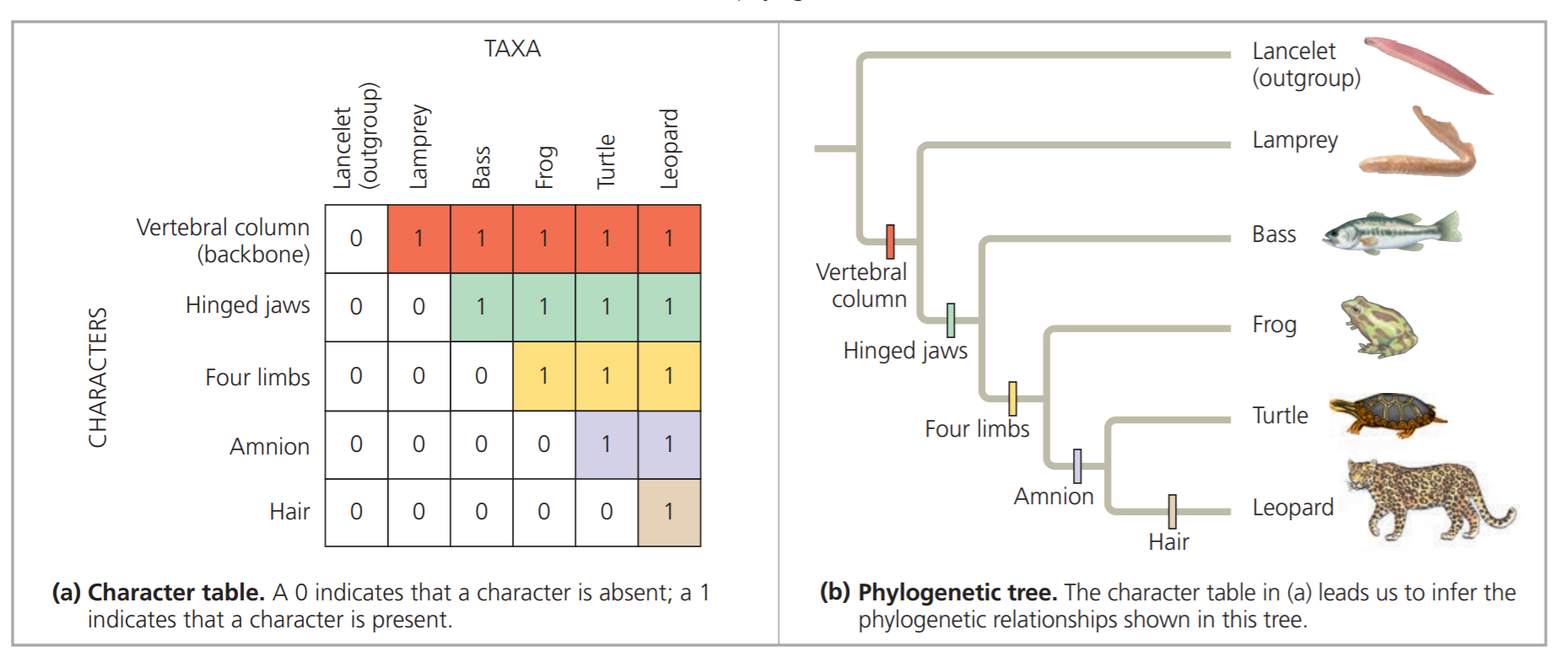
Chapter 22 Questions From The Book Flashcards Chegg Com
A _ is a branch of an evolutionary tree and all of the descendants of a particular ancestor at the beginning of that.
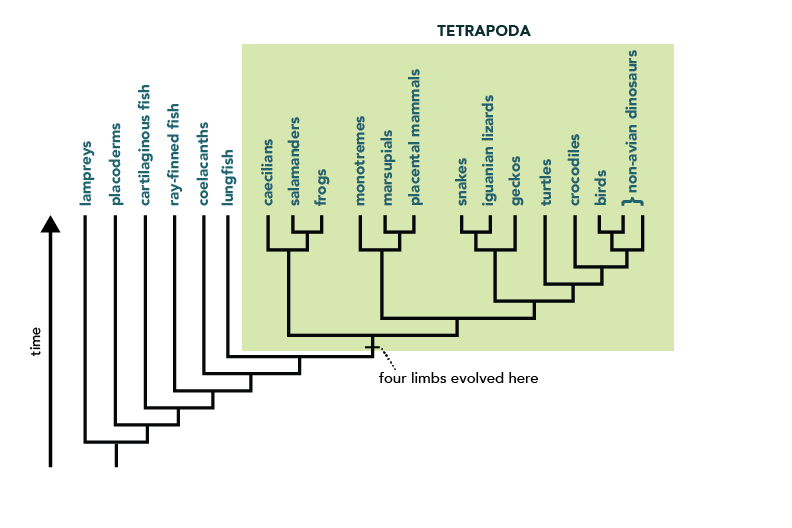
. The following questions refer to the evolutionary tree in the figure below. These branches merge at points representing common. The vertical axis represents nothing in particular.
In a rooted tree the branching indicates evolutionary relationships Figure 2. The length of a horizontal branch on the tree. The horizontal line indicating a branch on a phylogenetic tree represents ancestral forms of the named taxon thereby illustrating the _____ leading to that taxon.
The point where a split occurs called a branch point represents where a single lineage evolved into a distinct new oneA lineage that evolved early from the root and remains unbranched is called basal taxonWhen two lineages stem from the same branch point they are called sister taxa. A horizontal branch in an evolutionary tree indicates. In a rooted tree the branching indicates evolutionary relationships Figure 2.
So none of the currently living taxa are any more primitive nor any more advanced than any of the others. The vertical axis represents nothing in particular. 2 The point at which two or more lineages diverge from their common ancestor is called an _______ or node.
A _ is a branch of an evolutionary tree and all of the descendants of a particular ancestor at the beginning of that branch. 17 A small angle for a branch point in an evolutionary tree indicates. Similarly the vertical.
A punctuated equilibrium. On this tree the labeled horizontal lines indicate the origin of some primate traits. The following questions refer to the evolutionary tree in Figure 222.
The units of branch length are usually nucleotide substitutions per site that is the number of changes or substitutions divided by the length of the sequence although they may be given as change ie the number of changes per 100 nucleotide sites. 1 A phylogenetic tree may represent the full diversity of life springing from our universal common ancestor as does the tree above or a single branch of the full tree of life such as the vertebrate fungus or beetle. A horizontal branch in an evolutionary tree indicates punctuated equilibrium Which of the following species extinction was not a result of habitat destruction.
Phylogenies depict an historical pattern of divergence and descent as series of branches. The evolutionary tree below indicates the relationships among different primate species. To transform these lengths into a time scale further information is necessary.
A horizontal branch in an evolutionary tree indicates convergent evolution. A small angle for a branch point in an evolutionary tree indicates. The labeled branch points on the tree V-Z represent various common ancestors.
Use the diagram to answer the next four questions. Evolutionary tree diagrams are branching diagrams dendrograms that depict the phylogenetic relationships between taxa based on shared derived characters synapomorphies that reflect common ancestry. Which of the following is an example of macroevolution.
View chpt 13docx from ECON 202 at Butte College. Know the geographical timescale. The branches in an evolutionary tree have lengths measured in time units.
We can place a time scale along the tree and the vertical position of the divergence events will then indicate when they took place Fig. A horizontal branch in an evolutionary tree indicates. BIo q 13 - A _ is a branch of an evolutionary tree.
They have all evolved for the same length of time from their most recent common ancestor. Evolutionary trees also known as phylogenetic trees are visual representations of this branching pattern of evolution. Phylogenetic trees are a graphic means of reconstructing evolution on the basis of similarity between the characters of the individuals under study.
A discontinued line in an evolutionary tree indicates. The horizontal axis of the cladogram depicted below is a timeline that extends from 100000 years ago to the present. Mules are a defined species because they produce fertile offspring when mated.
This means that in a. The horizontal axis of the cladogram depicted below is a timeline that extends from 100000 years ago to the present. As the tree is drawn with the time axis vertical the horizontal axis has no meaning and serves only to separate the taxa and their lineages.
The point where a split occurs called a branch point represents where a single lineage evolved into a distinct new oneA lineage that evolved early from the root and remains unbranched is called basal taxonWhen two lineages stem from the same branch point they are called sister taxa. And horizontal gene transfer rare but occurring in most organ-isms. 14 The idea that evolution proceeds in small.
16 A horizontal branch in an evolutionary tree indicates. View reading questions - chapter 14pdf from BIOL 1409 at McLennan Community College. A _ is a branch of an evolutionary tree and all of the descendants of a particular ancestor at the beginning of.
Reading Questions - Chapter 14 Using the information in Chapter 14. The labeled branch points on the tree V Z represent various common ancestors.

Building The Tree Understanding Evolution
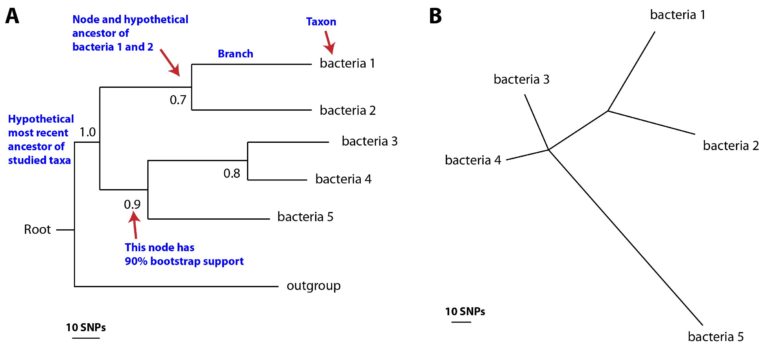
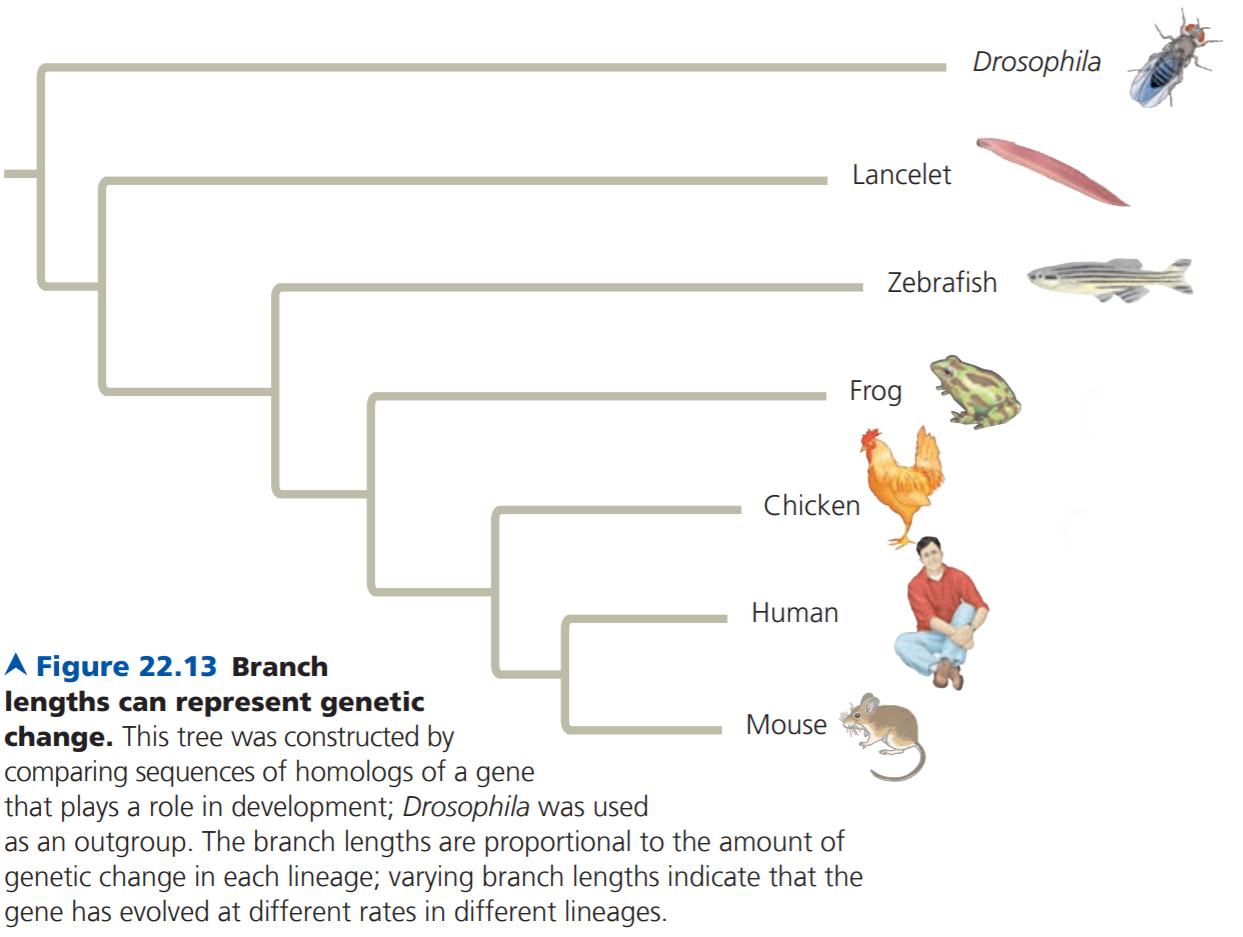
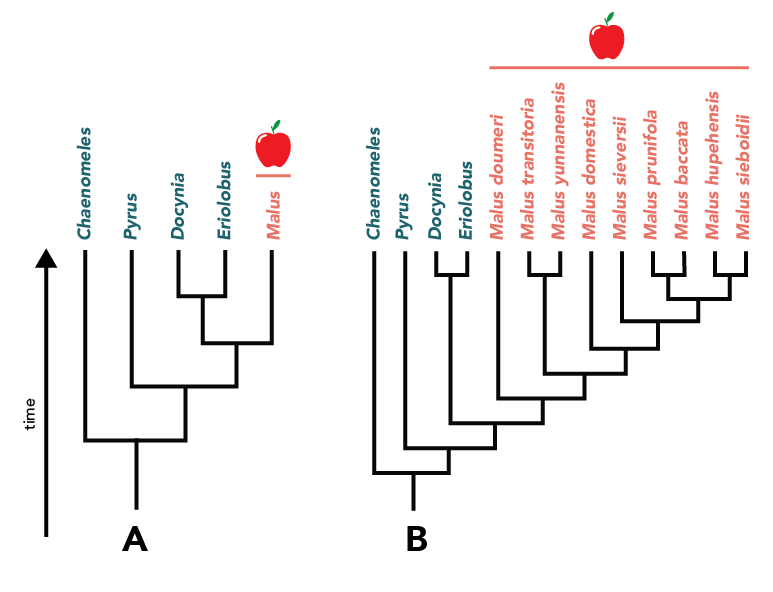
0 Comments